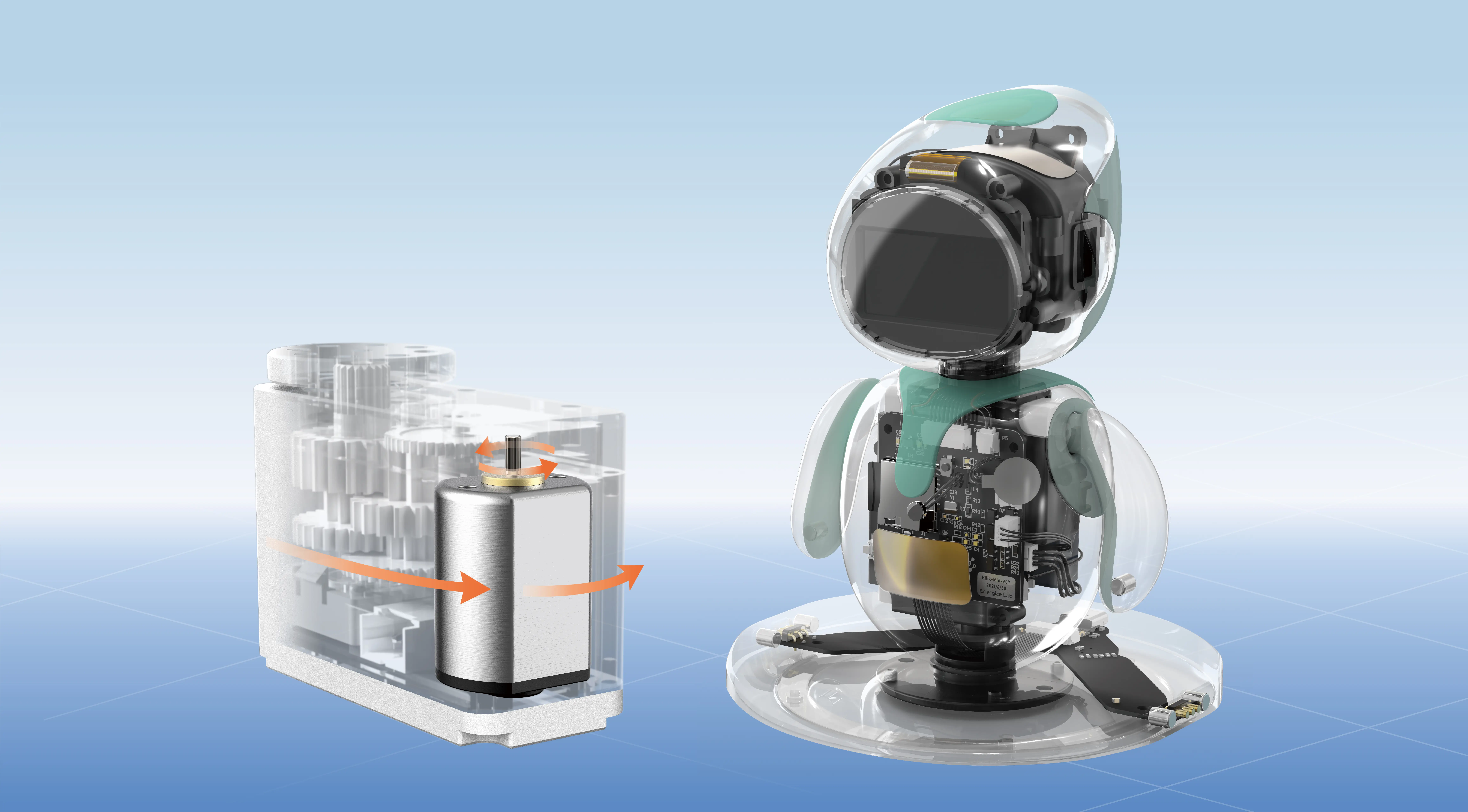Unlocking Precision and Power: The Ultimate Guide to NEMA 17 Stepper Motor Gearboxes
In the rapidly advancing landscape of automation, robotics, and precision engineering, the quest for enhanced control and power delivery plays a pivotal role. Among the array of components that empower manufacturers, hobbyists, and engineers alike, the NEMA 17 stepper motor stands out as a versatile and widely adopted choice. Paired with the right gearbox, it transforms from a simple electromechanical device into a powerhouse of accuracy, torque, and smooth motion.

But before diving into the nuances of gearboxes, let’s understand the NEMA 17 stepper motor itself. “NEMA 17” refers to a standardized frame size—17 inches across the faceplate—which essentially describes the motor’s mounting pattern and dimensions. This uniformity makes NEMA 17 motors a staple in 3D printers, CNC machines, robotic arms, and countless DIY projects. Their popularity stems from a balance of size, affordability, torque output, and precision control.
Why Add a Gearbox? The Upside of Gear Reduction
Even the most robust NEMA 17 motor has its limitations—in particular, torque and speed. When a project demands high torque at low speeds, or exceptional positional accuracy, a gearbox becomes indispensable. This is especially true in applications where the motor needs to turn heavy loads, or where fine adjustments are necessary.
A gearbox, often called a gear reducer, functions as a mechanical transmission device. Its primary role is to convert the high rotational speed and low torque input from the motor into a lower speed and higher torque output. Think of it as a way of multiplying force, akin to shifting gears in a bicycle. When you shift to a lower gear, you can pedal with less effort but at a slower pace; similarly, a gear reducer allows a motor to exert greater force at the expense of rotational speed.
Adding a gearbox to a NEMA 17 motor extends its capabilities significantly. For example, in a 3D printer’s extruder, precise filament placement requires exact positioning—something that a gearbox helps achieve by reducing backlash and increasing controllability. In robotic arms, where delicate manipulations are vital, gearboxes empower the motors to handle heavier loads without sacrificing detail.
Types of Gearboxes for NEMA 17 Motors
When selecting a gearbox for a NEMA 17 stepper motor, understanding the different types available can guide you toward the best fit for your project. The main categories include:
Planetary Gearboxes: Known for their compact design, high efficiency, and excellent load distribution. They utilize planets (small gears) revolving around a central sun gear. Their durability makes them popular in robotics and industrial automation.
Gearboxes with Worm Gears: These typically offer high reduction ratios and self-locking features, preventing back-driving under certain conditions. They are ideal for applications requiring holding torque without power consumption.
Spur Gear Gearboxes: Simpler in design, these gearboxes provide straightforward gear reduction. They tend to be more affordable but may be less compact or efficient compared to planetary types.
Harmonic Drive Gearboxes: Offering ultra-precise movements and zero backlash, harmonic drives are excellent for high-precision applications like space telescopes or advanced robotics.
Choosing the Right Gear Ratio
The gear ratio determines how much the motor’s original speed and torque are modified. For instance, a 5:1 ratio implies the output shaft turns at one-fifth of the motor’s speed but with five times the torque.
Selecting the optimal gear ratio hinges on your application's demands:
High Precision & Low Speed: For tasks like 3D printing or laser engraving, a higher gear ratio (e.g., 10:1 or more) helps achieve finer position control.
Heavy Load & High Torque: For robotic grippers or conveyor systems, a moderate ratio (e.g., 3:1 or 5:1) ensures sufficient power delivery.
One must balance gear ratio with considerations such as backlash, efficiency, and size. Too high a ratio may introduce backlash, impacting precision, while too low might not provide enough torque.
Design Considerations and Integration
Integrating a gearbox with a NEMA 17 motor requires attention to key technical parameters:
Mounting Compatibility: Ensure the gearbox’s mounting flange aligns with the NEMA 17 standards for seamless installation.
Output Shaft Compatibility: Consider whether the gearbox’s output shaft suits your application—diameter, shape, and coupling options matter.
Lubrication & Maintenance: Some gearboxes come lubricated for life; others require periodic maintenance to maintain efficiency.
Efficiency & Backlash: Aim for gearboxes with high efficiency ratings and minimal backlash for precision tasks.
The choice of an appropriate gearbox can dramatically enhance your project's performance, from meticulous 3D printing to robust robotic automation. Understanding the interplay between motor specs and gear ratio helps in designing systems that are both reliable and capable of delivering extraordinary results.
Leveraging innovations in modular drive technology, Kpower integrates high-performance motors, precision reducers, and multi-protocol control systems to provide efficient and customized smart drive system solutions.




































